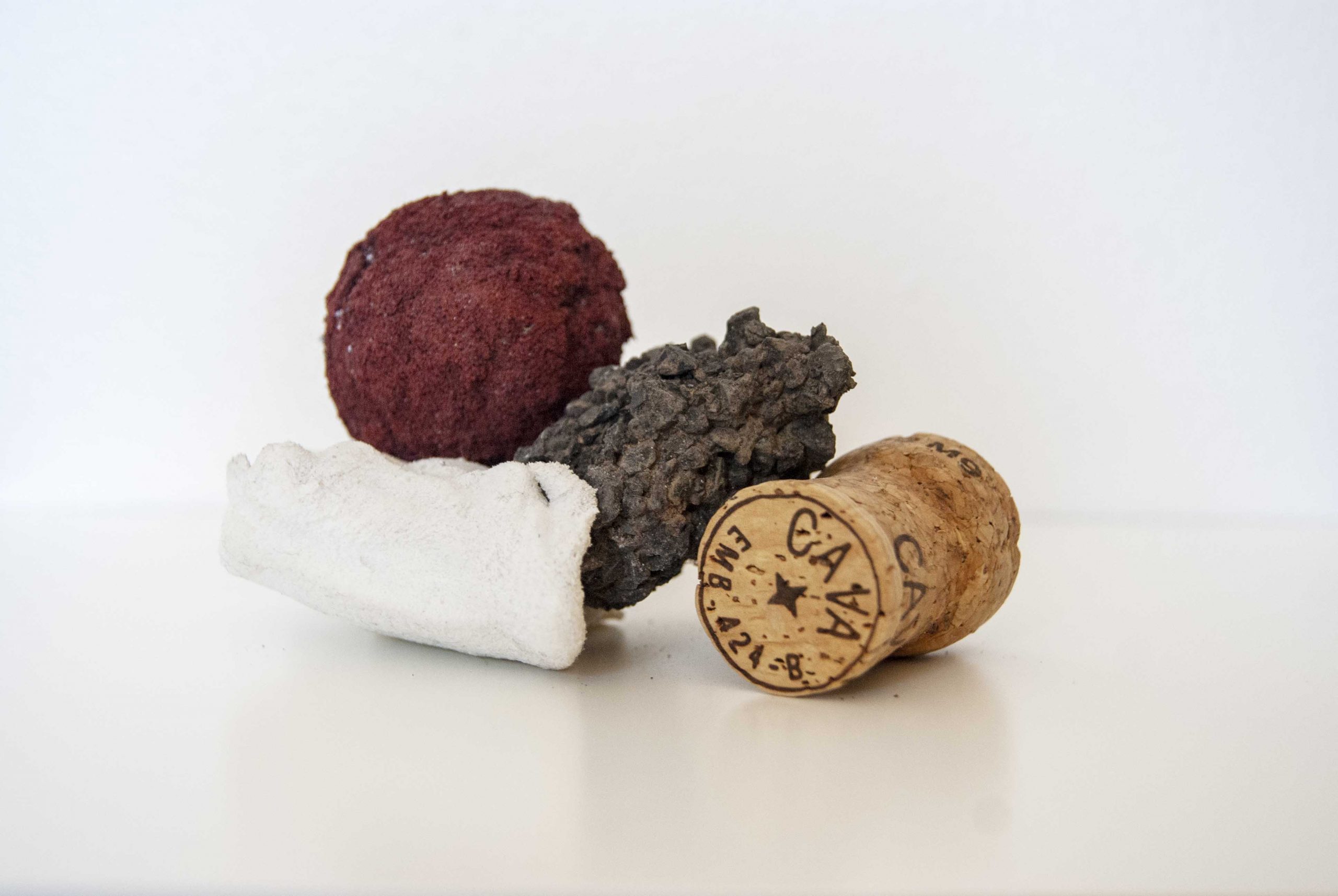“They bring sunshine to our daily lives” – Justin Trudeau on artists during COVID-19
Description: Sunshine Bringer is an ongoing arts-based exploration of being with and without during COVID-19. The artwork that comprises the project is not always an overt response to the pandemic or the inequities that intersect with it, but is inevitably infected by them. The materials, tools, and spaces are improvised from home and subject to virtual collaborations — symptoms of the virus.
The provided image documents the first artwork made as part of Sunshine Bringer — an unfixed arrangement of detritus piled with consideration. The materials were found on walks charted in avoidance of other bodies. Bringing these materials together was an exercise in taking a closer look at what’s around and how it can be made into something more.
Why did you conduct this research? Many of the ways people relate to each other, nonhumans, and the world around us are unsustainable to the point that self-defeat is within view. How can we reconfigure these relations and what would this look like? Does true sustainability have an aesthetic? What would this feel like? Is there a texture to care?
Technique: The backdrop for the photo emulates the airy, white void of a contemporary art gallery that gives space for objects to be considered, which is what this assemblage — this configuration of matter and meaning — deserves and what I was able to give it through photographic representation. In truth, the sculpture was photographed on my bedside stand in a moment that almost had good enough lighting, and then digitally brightened.
Acknowledgements: Thanks to Sunshine Bringer’s co-researcher, Nicole Clouston

